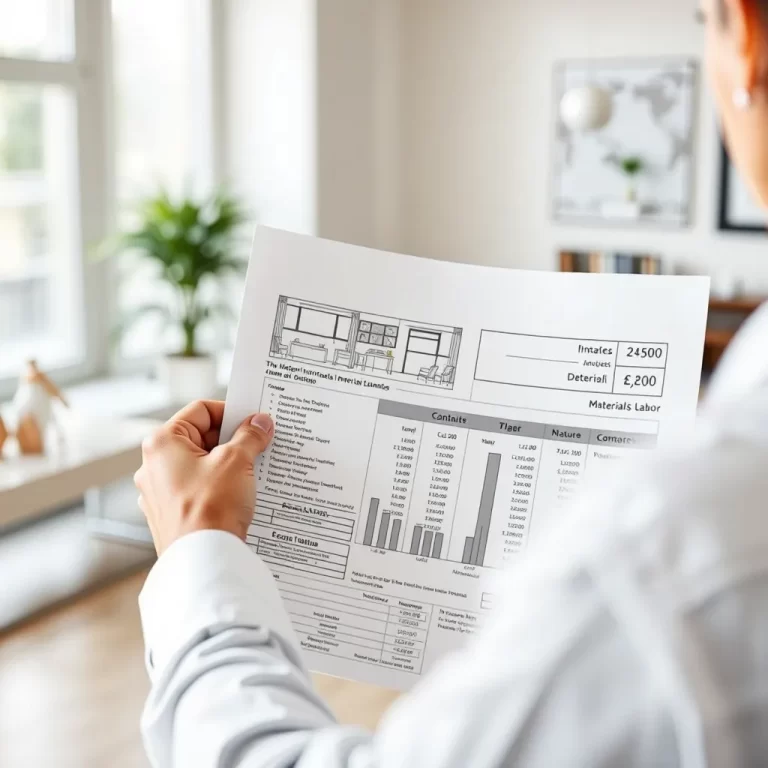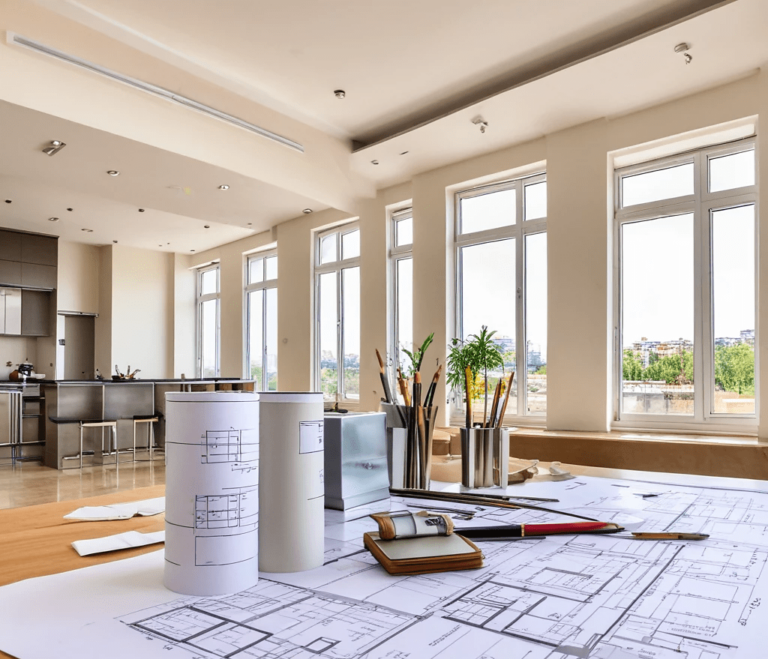Client Communication in Interior Design Projects: How to Build Strong Relationships

Effective client communication is the cornerstone of a successful interior design project. Strong relationships built on trust, transparency, and clear communication can make all the difference in delivering a project that exceeds client expectations. Here’s how to build strong relationships with your clients:
1. Set Clear Expectations from the Beginning
One of the most important aspects of client communication is setting clear expectations at the outset. Discuss the scope of the project, budget, timeline, and design preferences in detail. Clarify what is achievable within these parameters, and ensure both parties agree on the project’s goals.
2. Listen Actively
Listen carefully to your clients’ needs, wants, and concerns. Active listening involves asking questions, taking notes, and reflecting back what you’ve heard to ensure you understand their vision. This helps build trust and shows clients that you value their input.
3. Be Transparent About Challenges
Interior design projects rarely go off without a hitch. If challenges or delays arise—whether it’s a delay in materials, unexpected costs, or logistical issues—be transparent with your clients. Don’t wait until the problem becomes bigger; address it early and offer solutions.
4. Maintain Regular Updates
Keep your clients updated throughout the design process. Regular progress reports, meetings, and check-ins can prevent misunderstandings and ensure clients feel involved and informed. Use project management tools like Trello or Asana to keep track of tasks and timelines.
5. Be Approachable and Available
Make yourself available to clients for questions, clarifications, and concerns. Having an approachable demeanor and being responsive to emails and calls will go a long way in building a positive relationship. Always prioritize clear and timely communication.
6. Understand Client Preferences and Personal Style
Interior design is about personalizing a space to suit the client’s needs and tastes. Take the time to understand your client’s preferences—both in terms of aesthetics and function—and integrate those elements into your design. This shows clients that you are dedicated to creating a space that reflects their vision.
7. Celebrate Milestones Together
Celebrating project milestones, whether it’s the completion of a major phase or the final reveal, reinforces the positive relationship between you and your client. Small celebrations and thoughtful gestures can make clients feel appreciated and valued.
8. Manage Feedback Professionally
Clients will often have feedback or requests during the design process. While some may be minor adjustments, others may be more significant. Handle all feedback with professionalism, and use it as an opportunity to improve the design. Stay calm, collected, and solution-focused.
Conclusion
Building strong client relationships is key to the success of your interior design projects. By setting clear expectations, listening actively, maintaining transparent communication, and being approachable, you can create a positive, collaborative environment that fosters trust and results in successful projects.






